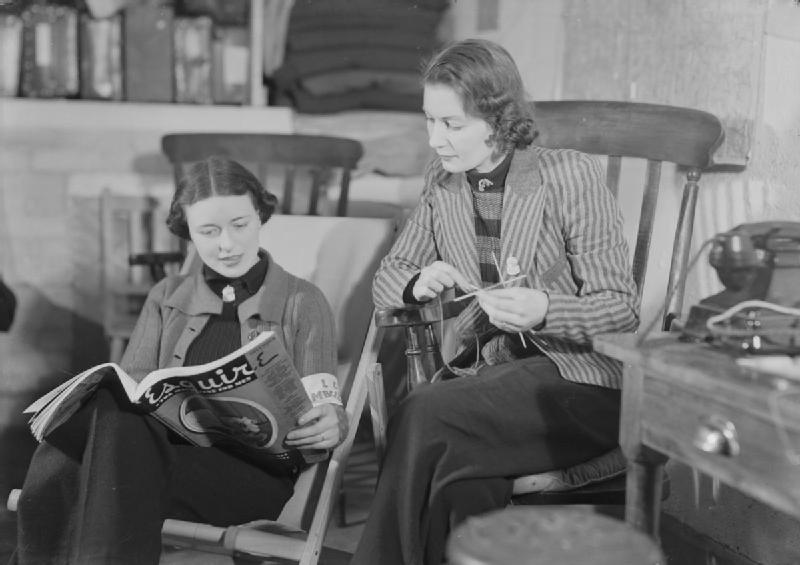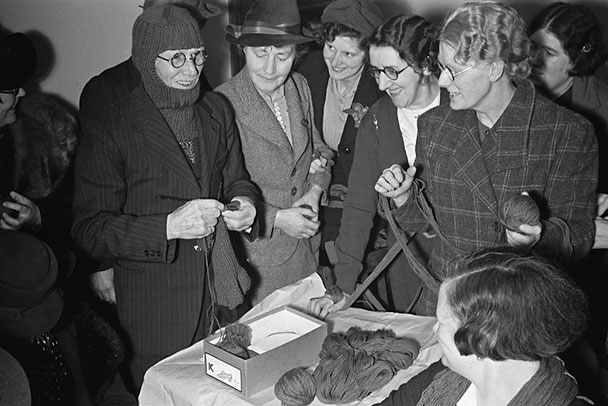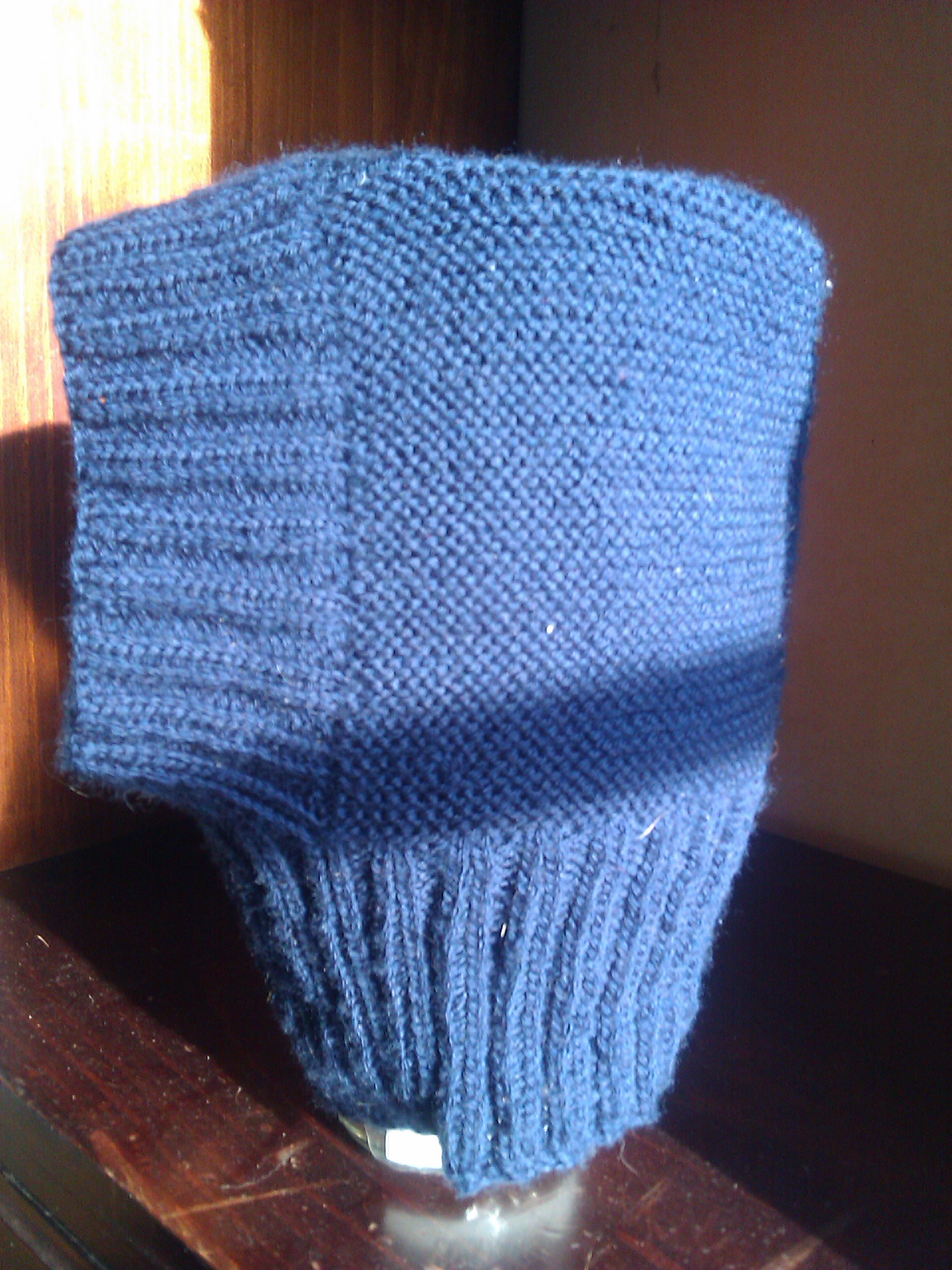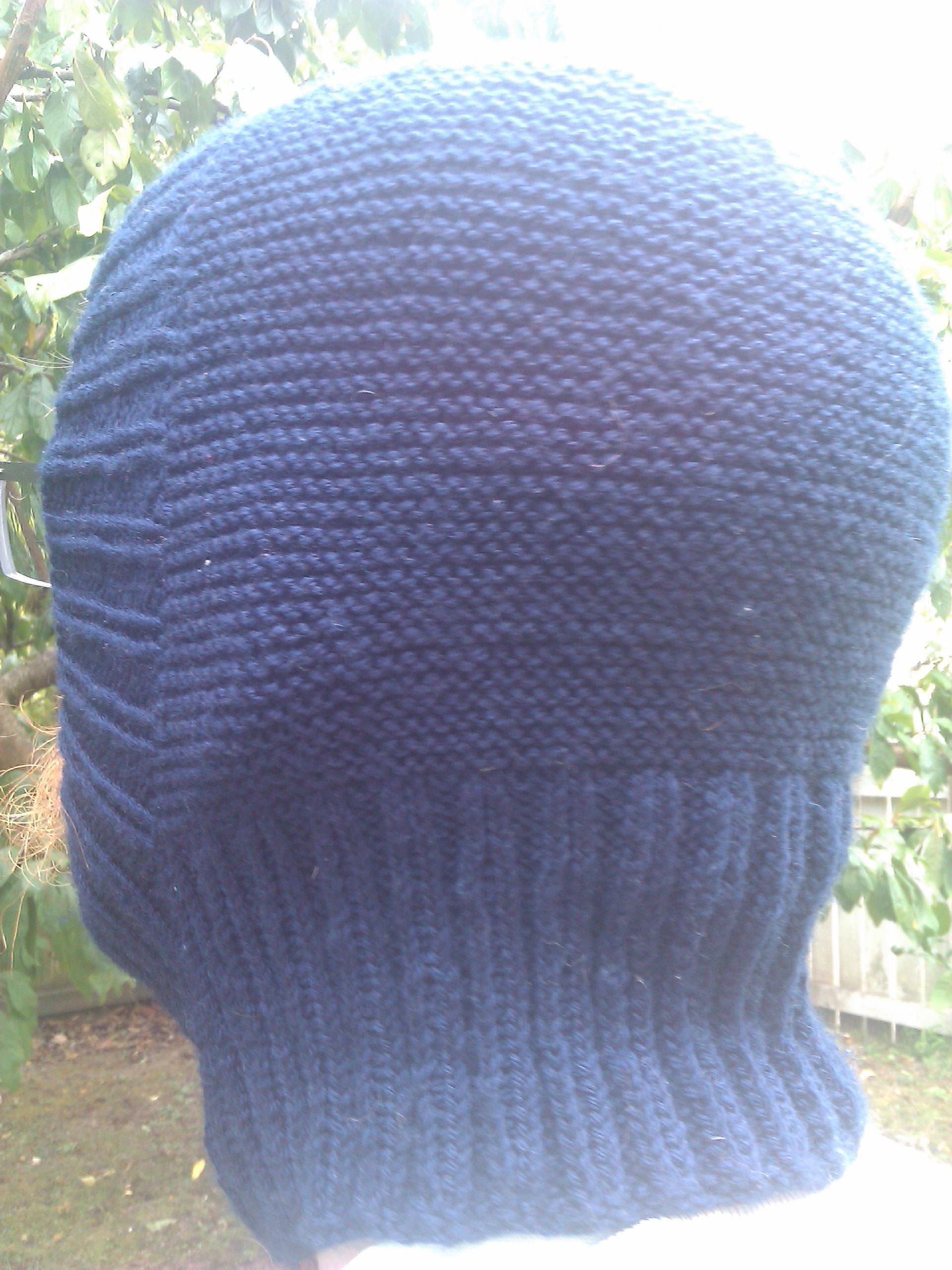“I am in fact a Hobbit in all but size. I like gardens, trees, and unmechanized farmlands; I smoke a pipe, and like good plain food (unrefrigerated), but detest French cooking; I like, and even dare to wear in these dull days, ornamental waistcoats. I am fond of mushrooms (out of a field); have a very simple sense of humour (which even my appreciative critics find tiresome); I go to bed late and get up late (when possible). I do not travel much.”
JRR Tolkien
HSM'15: Behold the Balaclava
There’s a saying floating round the internet: on a scale of one to ‘invade Russia in the winter’, how bad is your idea? Declaring war on Russia in autumn is definitely up the top end of the scale, which made it a fitting beginning for the Crimean War, a campaign so disastrous that a century and a half later it is still a byword for really poor decision-making. (Theirs not to reason why, theirs but to do and die…)
The Crimean War began when the Ottoman Empire declared war on Russia in October 1853 – the Ottoman Empire was weakening, and Russia thought this was an excellent opportunity to expand its borders, beginning by invading Ukraine. (Who says history never repeats?)
Other nations then joined in because – well, lots of reasons, mostly to do with not wanting Russia to get more powerful, or not wanting to lose face. (Oh, the countless deaths in wars fought because of What People Might Think.) Naturally, these were not the reasons given at the time. They seldom are, mostly because if you tell your troops they’re dying for the good of your reputation, they’re unlikely to join in with any enthusiasm.
It was the Crimean War which gave us the Charge of the Light Brigade (which was, remarkably, successful – or would have been if their backups the Heavy Brigade hadn’t realised they were galloping into a deathtrap and retreated) as well as Florence Nightingale (before whose arrival troops were ten times more likely to die of disease than wounds) and the balaclava (named after the Battle of Balaclava, where the aforementioned Charge took place).
Following the Crimean War, the balaclava became a standard part of military headgear, particularly for use in cold climates. During the World Wars, demand exploded, and women were encouraged to knit for the troops. “Knit for Victory”, the World War I campaign exhorted, and by the Second World War, knitting was recognized as an important contribution to the Home Front.
Women knitted at home, during breaks at work, in groups, or even in air-raid shelters, while waiting for the All Clear. The Anglican Church is said to have issued a ruling allowing women to knit during church services (something I still do, as I find keeping my hands busy helps me concentrate).
Socks were particularly in demand – they wore out quickly and needed to be changed more often than most knitted items – but scarves, gloves and balaclavas were also required. Naturally, the only colours allowed were khaki ‘drab’, or two kinds of blue (Navy & Air Force) – which soon lost their appeal for the knitters.
Patterns were issued, including this one – for original visuals, click here and scroll along. (Thanks to the V&A Museum for making these available.)
This was the pattern I used – adapted to a more classic balaclava style by eliminating the front and back flaps which tucked into the uniform, as well as the ear-flaps.
I didn’t take any pictures of the construction, but if you want to visualize it, think of it as an upside-down sock: a section of rib to grip the neck (leg), a section of garter-stitch, then turn the parietal (heel). Except of course no-one needs a toe in their face, so the head-sock finishes with another section of rib around the face (mid-foot).
So this is my latest entry for the Historical Sew Monthly: the Blue Balaclava.
The Challenge(s): Blue and War & Peace
Fabric: dark blue merino 4-ply (Ashford MacKenzie, if you want the details)
Pattern: The Balaclava Helmet from Essentials for the Forces: Jaeger Hand-Knit Series no. 44, courtesy of the V&A.
Year: first half of the 1940s
Notions: none. knitted on circular needles in widths of 3.25mm & 2.75mm, because that’s what I had
How historically accurate is it?: well, I fiddled the pattern, but I’m pretty confident balaclavas in this style (minus ear-flaps and tuck-ins) would have been around at the time – this one, for example.
Hours to complete: I never know. Maybe ten, at a wild guess? When I knit I’m either relaxing, or doing it as a background to something else (reading, DVD, sermon…) so I never watch the clock.
First worn: in March, a day or two after it was finished. It was rather warm on the day itself – definitely too warm for balaclavas. But autumn is now here, and it’s getting a bit more wear.
Total cost: from stash, so officially none. It was part of a ball I’d used for a couple of other small projects. A whole ball (100g) is currently NZD16 – a bit over USD12. Alas, wool is no longer ninepence an ounce as specified in the pattern!
Part of what the Historical Sew Monthly is about is gaining a better understanding of the lives of those who lived before, and in this I cannot help but feel that I have failed. Unlike most if not all of the WWII knitters, I was knitting in peace and comfort, without being plagued by fear for a loved one’s safety, or grief for a loved one lost. Nor was I being bombed.
That’s the sort of thing you really can’t understand unless you experience it, and thank God, I haven’t. I knit my balaclava for a husband who is safely at home, and the cold it will protect him from is the nippy wind of a Wellington winter, not the bone-chilling frozenness of a battlefield (although to be fair, if we’d lived seventy years ago I’m pretty sure he would have been a much-maligned ‘conchie’ – a conscientious objector).
But if reading about the Crimean War and the women left behind in the World Wars has taught me anything, it’s to value peace. Because peace is a lot like breathing freely: you take it for granted – until you get a head-cold. And then you can’t think about anything else, and you’ll do anything that looks like it might help, and you swear you’ll never forget how glorious a thing it is, this breathing freely, this freedom, this peace.
But you do. You forget. We forget. And we mustn’t.
Swimming in Strange Waters: Finding a Swimsuit that Suits
I have yet to meet any woman who finds shopping for a swimsuit easy. For some, the process is fraught with body-hating trauma, for others it’s a pure and simple pain in the proverbial. Because most swimsuits are designed to display the body, and if you aren’t happy having your body on display, you are likely going to have a hard time finding swimsuits that work for you.
And even if you do manage to find something you’re happy to appear in public in, you are going to have to deal with people’s assumptions – kindly meant for the most part, but insulting nonetheless – that the only reason a woman would want to cover up is because she is somehow ashamed of her body. This is not, in point of fact, true. Or at least, not in all cases. Yes, some women cover up because they don’t like their bodies and they feel that everyone else will, given the opportunity, share their low opinion.
But not all. Some cover up because they’re very fair skinned and they look like a lobster after five minutes in indirect light. And others cover simply because they feel their body is their own damn business and the general public does not have viewing rights.
I fall into the latter group. It is well known among my friends that the day I wear a bikini is the day hell freezes over. Not even over (or rather on) my cold dead body. My body is mine and I don’t have to share it (even visually) with anyone, unless I choose to. Not even if I like to go swimming sometimes. Which I do.
Of course, this leaves me in a rather difficult position, swimsuit-wise. But it gets worse. Erogenous zones, as mentioned before, differ from place to place and time to time. Where I grew up, the erogenous zone on women was between the waist and the knee. Elsewhere – meh. Breasts are for feeding babies.
I had made my previous swimsuit last ten years (with infrequent use) – a one-piece worn with board shorts. I’m sure I don’t need to tell anyone who’s ever tried this how inconvenient it can be, and it made me feel like a rather pudgy kid running around the beach. I’m a grown woman; I wanted to look (and feel) like one.
Incidentally, in the course of my runnings round the beach, I found I was the only person there not baring their midsection. When my husband lost his glasses, all he had to do to find me was scan the beach for swimsuit material at belly-height – and there I was.
So I decided to see what the internet could tell me about modest swimsuits – and I was, to put it lightly, surprised. The companies trumpeting themselves as cornering the market in modest swimwear were advertising two-piece suits where the stomach was well-covered and the legs were bare right to the crotch. OK, I’m probably more sensitive about legs than the average Westerner, but really? The stomach?
I’ve never actually sat down and listened to Nicki Minaj’s song Anaconda, but I’m pretty sure the lyrics aren’t “Oh my gosh, look at her GUT!” (At least until Weird Al sings it.)
It’s the same with kids’ togs, actually. Little boys get to run around in a pair of shorts, and little girls get to wear a top which covers their puku and the chest they don’t have, while their bikini bottom shows off half their butt to the world at large. (And that’s before they start riding up.) Who thought that was a good idea?
The internet also brought to my attention various family-run companies in the States who make swimdresses with matching tights, but I ruled them out on the grounds of a) expense and b) luridness of material. Henry Ford said you could have any colour, as long as it’s black; these folk seem to think black and “Hawaiian” print are a sufficient number of options.
Then there were the companies that said they were all about letting women decide how much they wanted to expose, but offered only skin-tight bicycle-courier styles. Call me nit-picky, but adding a glaze of lycra to my butt doesn’t give me a whole lot more privacy.
Eventually, I found what I was looking for. Not perfect, but pretty close. It covers what I want covered (and keeps the sun off most of the rest), it’s feminine, it’s good quality at a decent price, and it doesn’t ride up or restrict my movement. It’s a burqini.
For those of you who’ve never seen a burqini, it’s basically a long-sleeved tunic over leggings or, in my case, slim-fit trousers. Like a shalwar kameez, but made of UV 50+ swimsuit material. They come in a variety of colours (and fits): mine is deep plum and coral – which is to say, purple with pinkish sleeves. (And it arrived on my doorstep less than 48 hours after I ordered it from another country.)
I’ve taken it to the pool to water-test, and it was fine. Slightly more drag than bare limbs, but that’s to be expected. Full range of movement, and no embarrassing air-pockets. I felt free and easy, and the thought of only having to apply sunblock to my face, hands and feet the next time I hit the beach is a very cheering one. Try as I might, I always managed to miss a bit somewhere…
There was another unexpected benefit. New Zealand English being non-rhotic (unless you’re from the south of the South Island), I was able to fool one of my pro-bikini friends into thinking that hell had indeed frozen over, and I had bought a bikini – because the two words are pronounced almost exactly the same way. The look on her face when I walked in wearing a burqini will warm the cockles of my heart for years to come.
I admit, I’ve never really understood why people are comfortable appearing in public in outfits that cover less of them than their underwear does – but then have nightmares about appearing in public wearing said underwear. As the classic Trumpet ad says: “Skin tight swimming togs: an item of clothing you’d happily wear in public, but not in public.” Can someone please explain?














